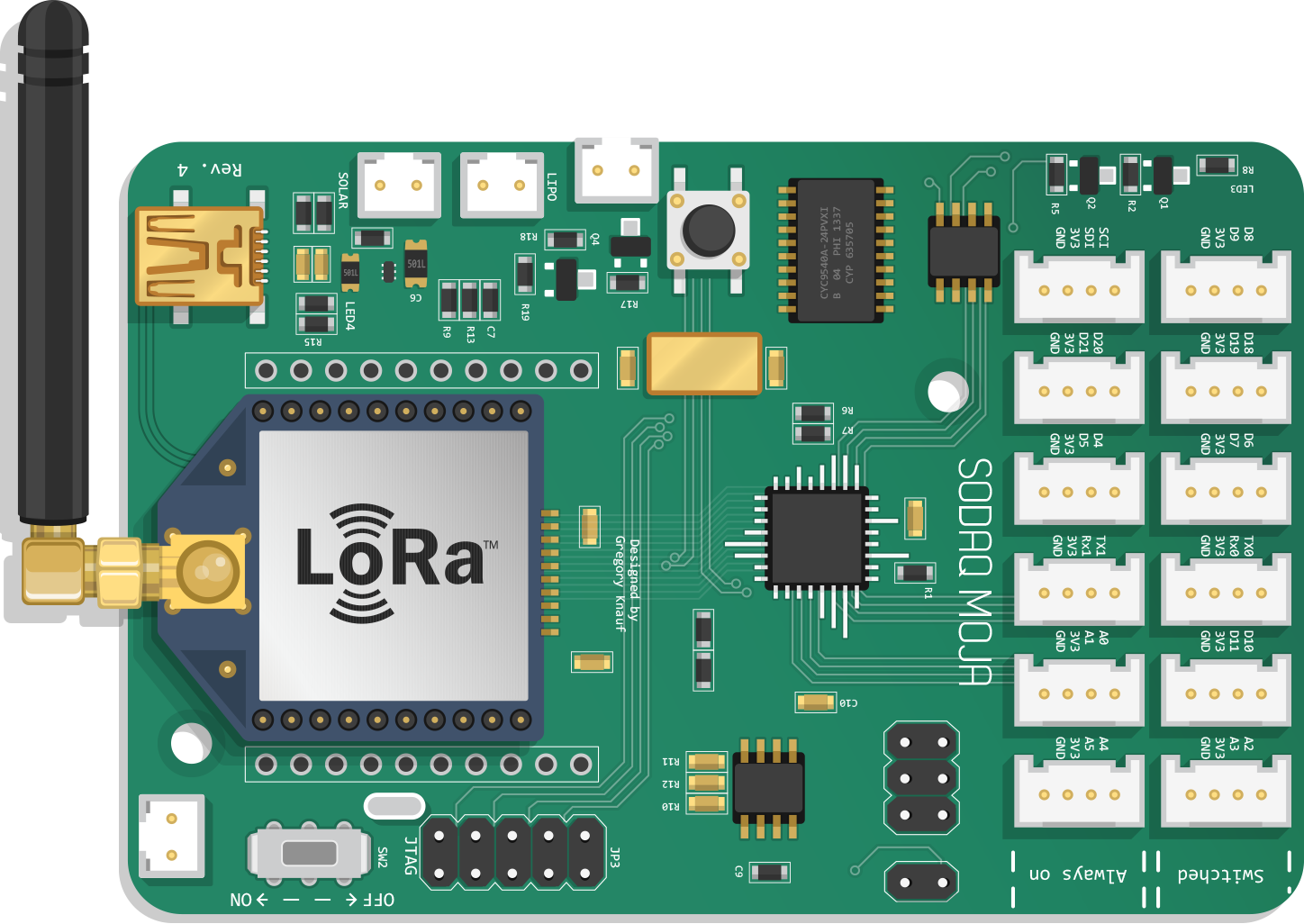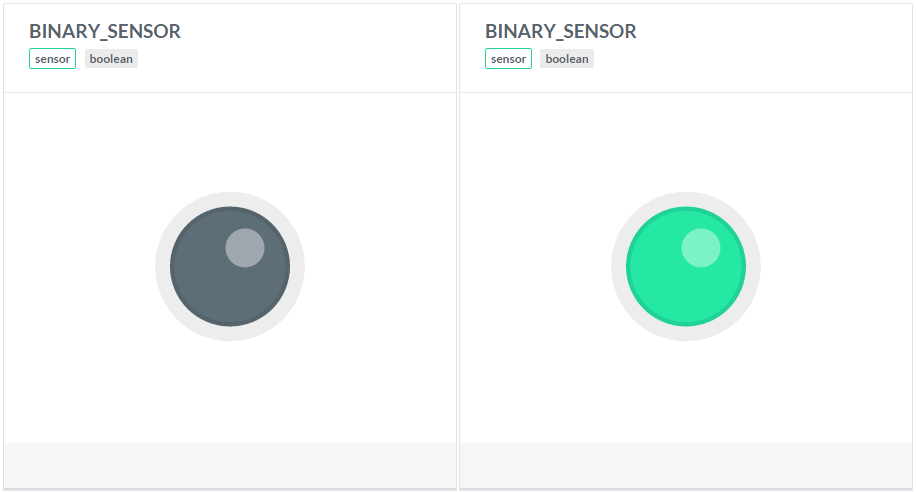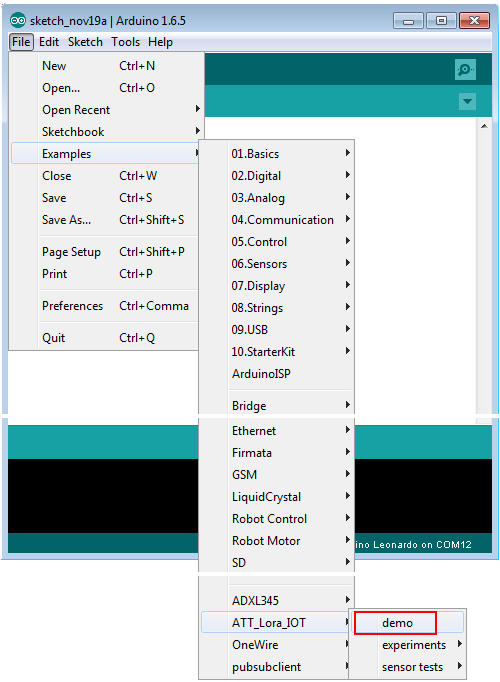In this article
LoRa SODAQ Mbili

This tutorial will help you set up your first working LoRa™ experiment. Simply follow these steps as you go. We will use the ATT_LoRa_IOT/examples/demo/demo.ino of the AllThingsTalk LoRa™ client as our first example.
Software setup
- Install Arduino IDE and SODAQ Mbili support
- Install AllThingsTalk LoRa™ libraries
Prepare the environment
How to set up the Arduino IDE and SODAQ Mbili
To make sure your SODAQ Mbili runs as intended, connect your board and run the test Hello World sketch at the bottom of the SODAQ Mbili Getting Started guide. You find the serial monitor under Tools > Serial Monitor.
Install AllThingsTalk LoRa™ libraries
How to install Arduino SODAQ Mbili libraries
Our first LoRa™ project
Introduction
Our first program will consist of a single push button. We will use it as a toggle. In the AllThingsTalk Developer Cloud, this button will be represented by a LED light which turns on and off.

Prerequisites
- Have your LoRa™ device registered and claimed on the network of your preference
- AllThingsTalk Maker (maker.allthingstalk.com) account
- Arduino IDE installed
- SODAQ Mbili library installed
- AllThingsTalk library installed
Ingredients
- SODAQ Mbili board with LoRa™ module
- Push button
Depending on coverage, you might also need a base station
Building plan
- Collect hardware
- Attach LoRa™ module & antenna (without the range is very limited)
- Connect push button to D20/D21*
For more information on connector pin numbers, please check this Mbili sockets page.
Create your device
Check here for more info on how to create and connect your LoRa device.
Setup sketch
Now it’s time to upload the sketch to our device
- Open the Arduino IDE
- Connect your SODAQ Mbili to your computer through USB
- Under Tools > Board, select the SODAQ Mbili
- Open the
demo.inosketch from theATT_LoRa_IOT/examples/demo/folder. This should open thedemo.inoas well as an emptykeys.hfile.
You can also open a sketch directly from your Arduino IDE as shown in the image below.

Add device keys
Get your device keys from AllThingsTalk
Add these keys to the keys.h file of your sketch. It should now look similar to this
1 | #ifndef KEYS_h |
These keys however are unique for your device, meaning the
keys.hfile will be the same for all projects. You can copy it to your harddisk once and copy it from there to your project folder each time.
Test the demo sketch
- Upload and run the sketch
After uploading, you might need to flip the power switch on the SODAQ Mbili OFF and back ON.
We do this to make sure the Mbili reboots and starts up our sketch.
We are now ready to try out our demo! After the Mbili restarted, push the button and watch the graphical LED change in the platform.
If you don’t see your BINARY button asset, refresh your browser!
Serial Monitor
Apart from the AllThingsTalk Developer Cloud, we can also monitor traffic from the Arduino IDE using the serial monitor.
- Open the Tools > Serial monitor of the Arduino IDE
- Make sure you select the correct COM port to listen (under Tools > Port )
- When the monitor is open, make sure the Baud rate is set to 57600
